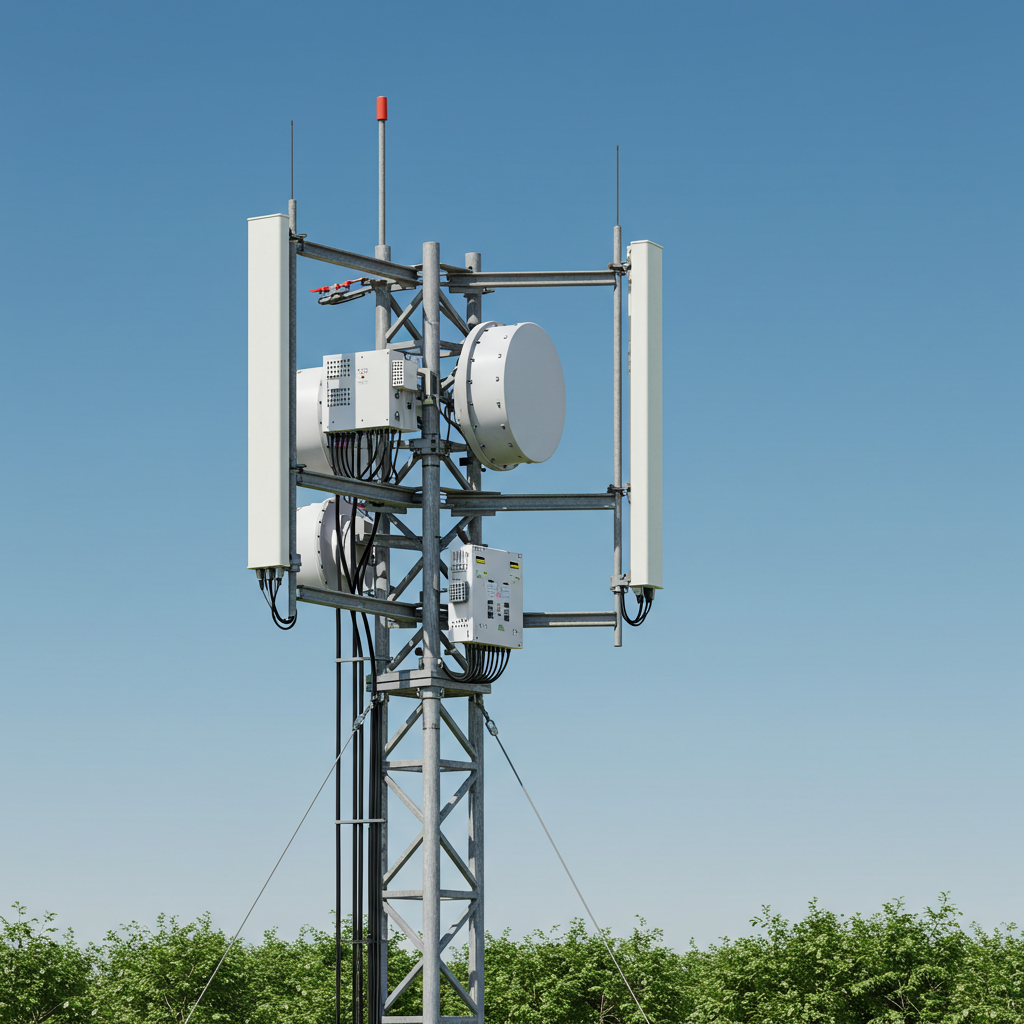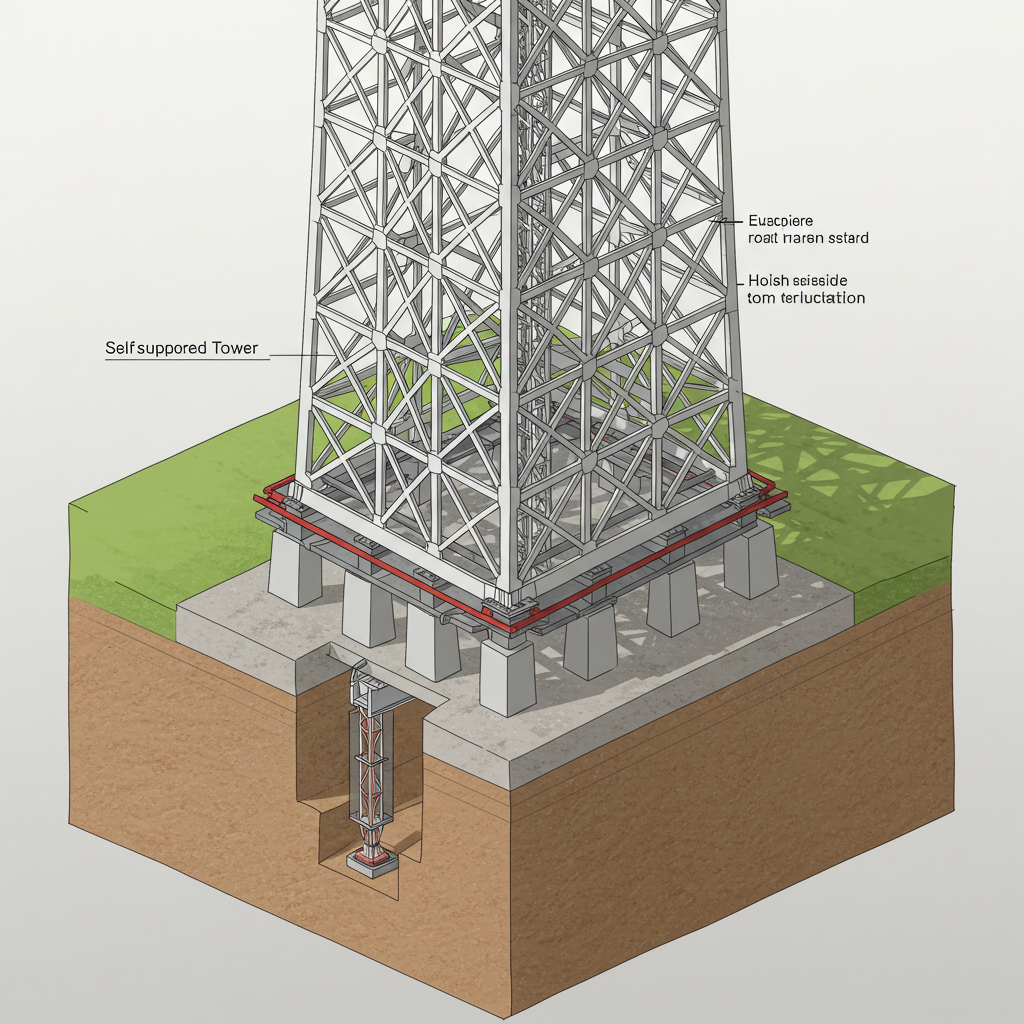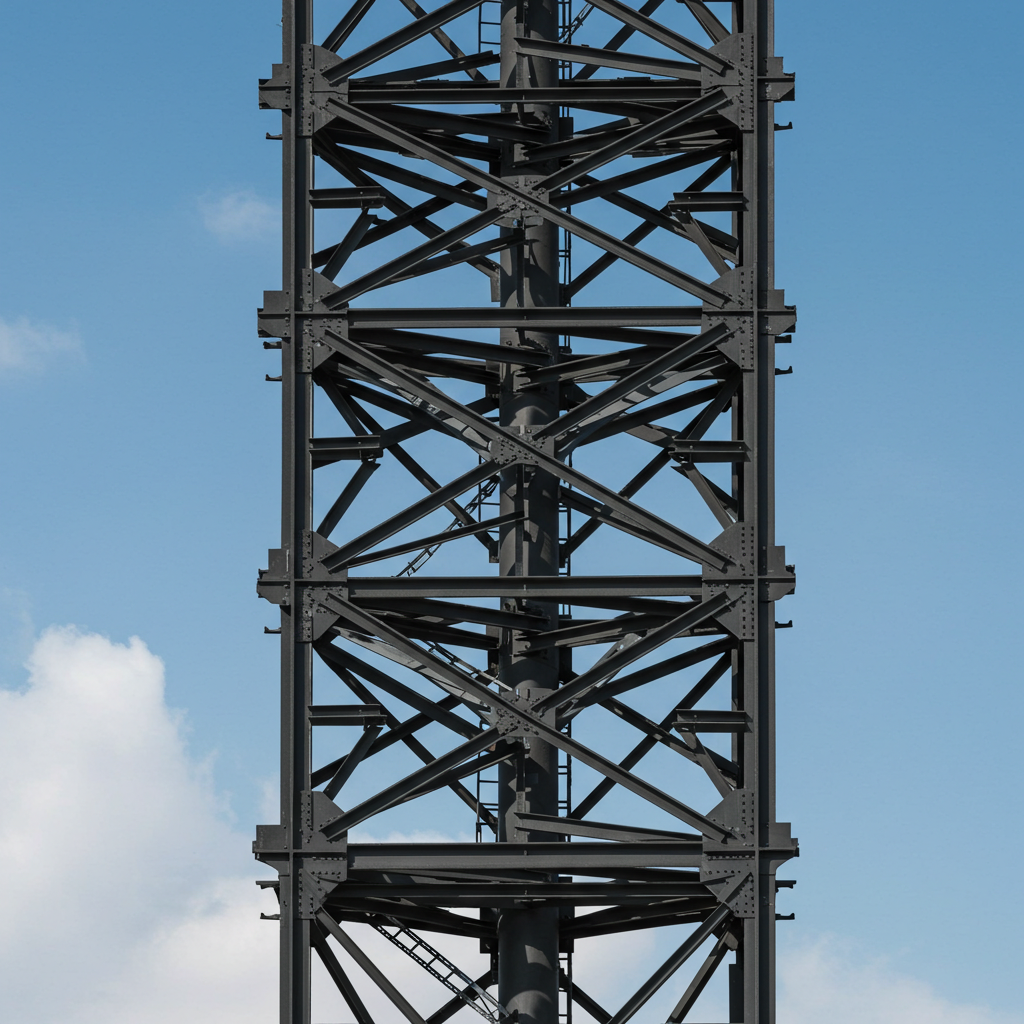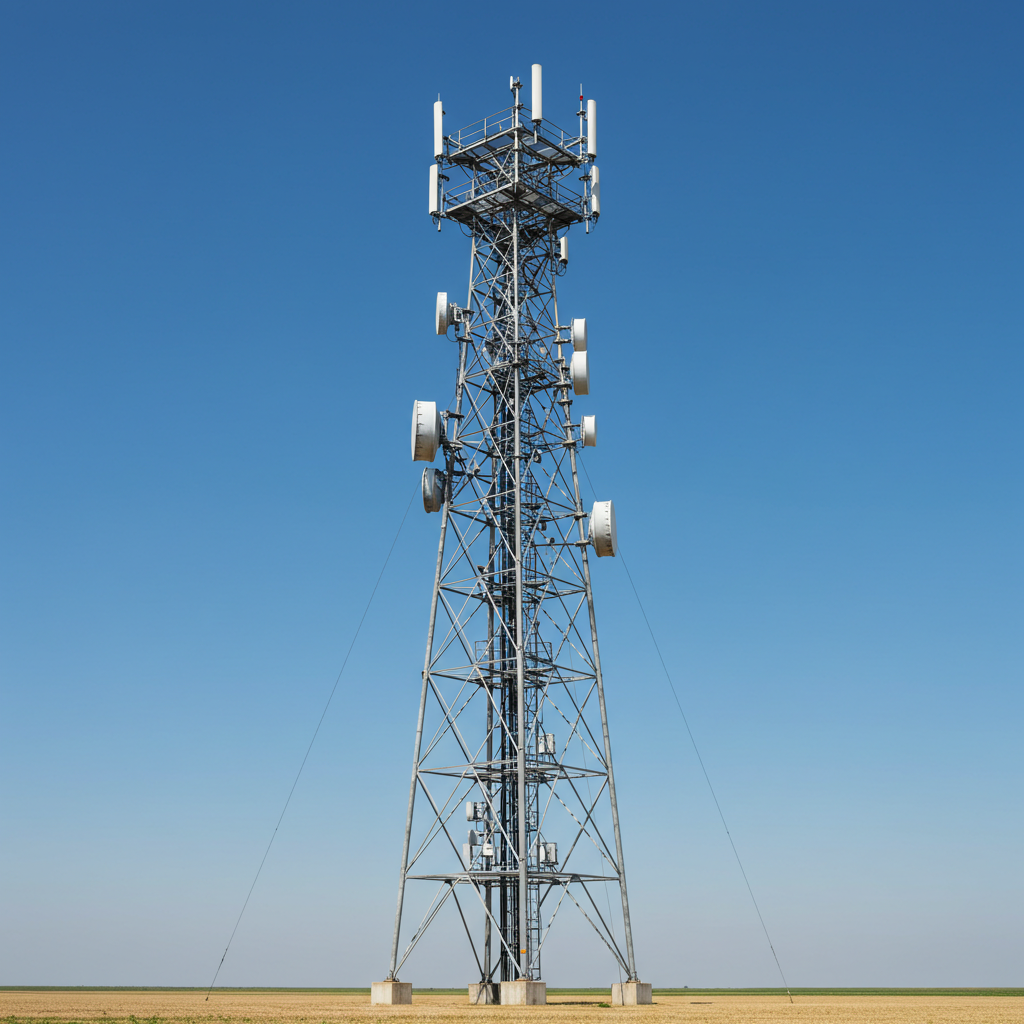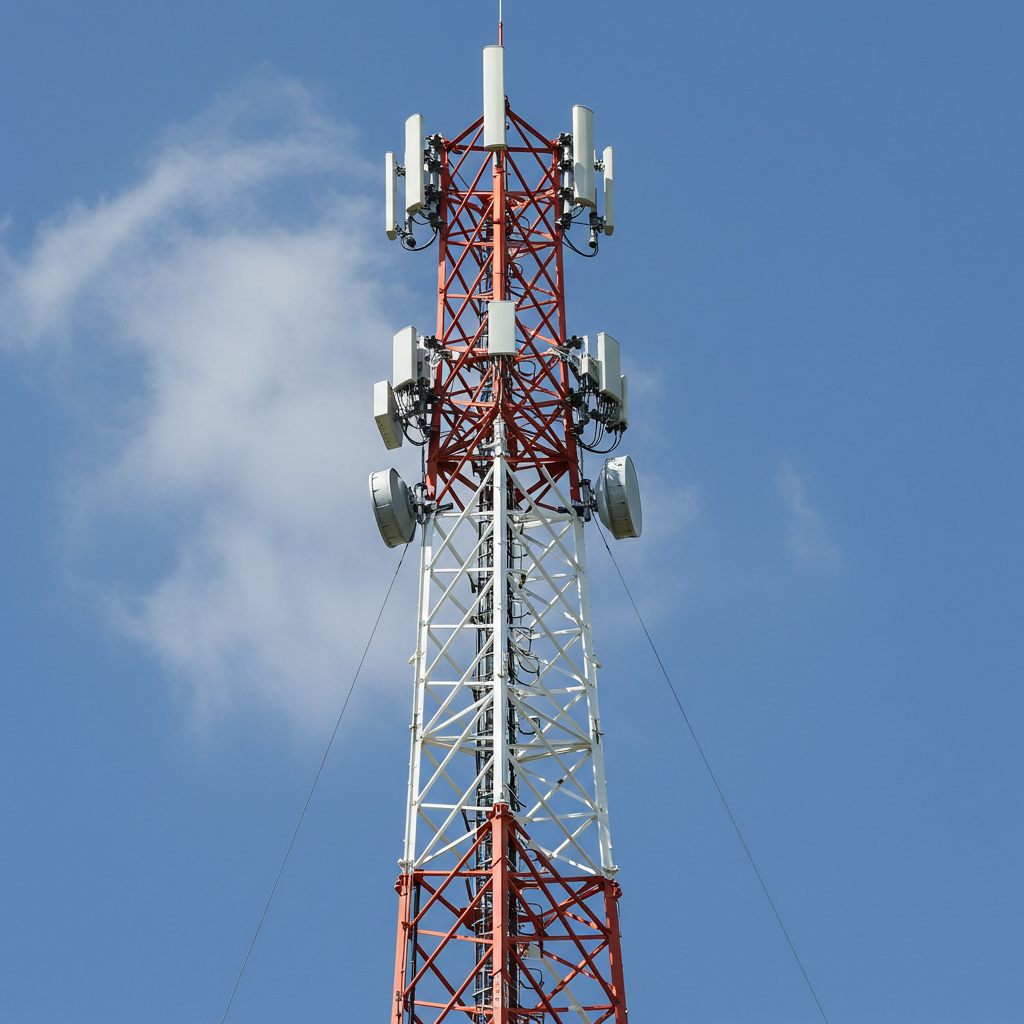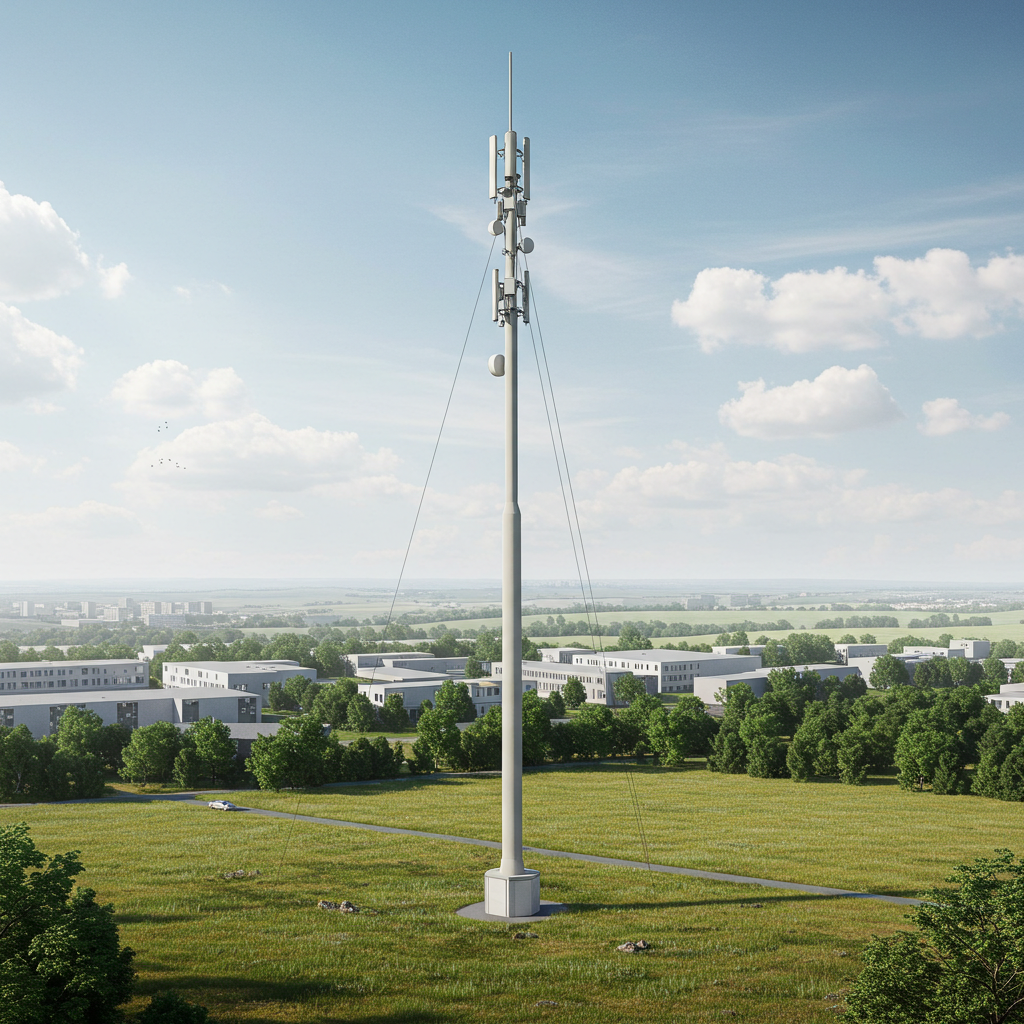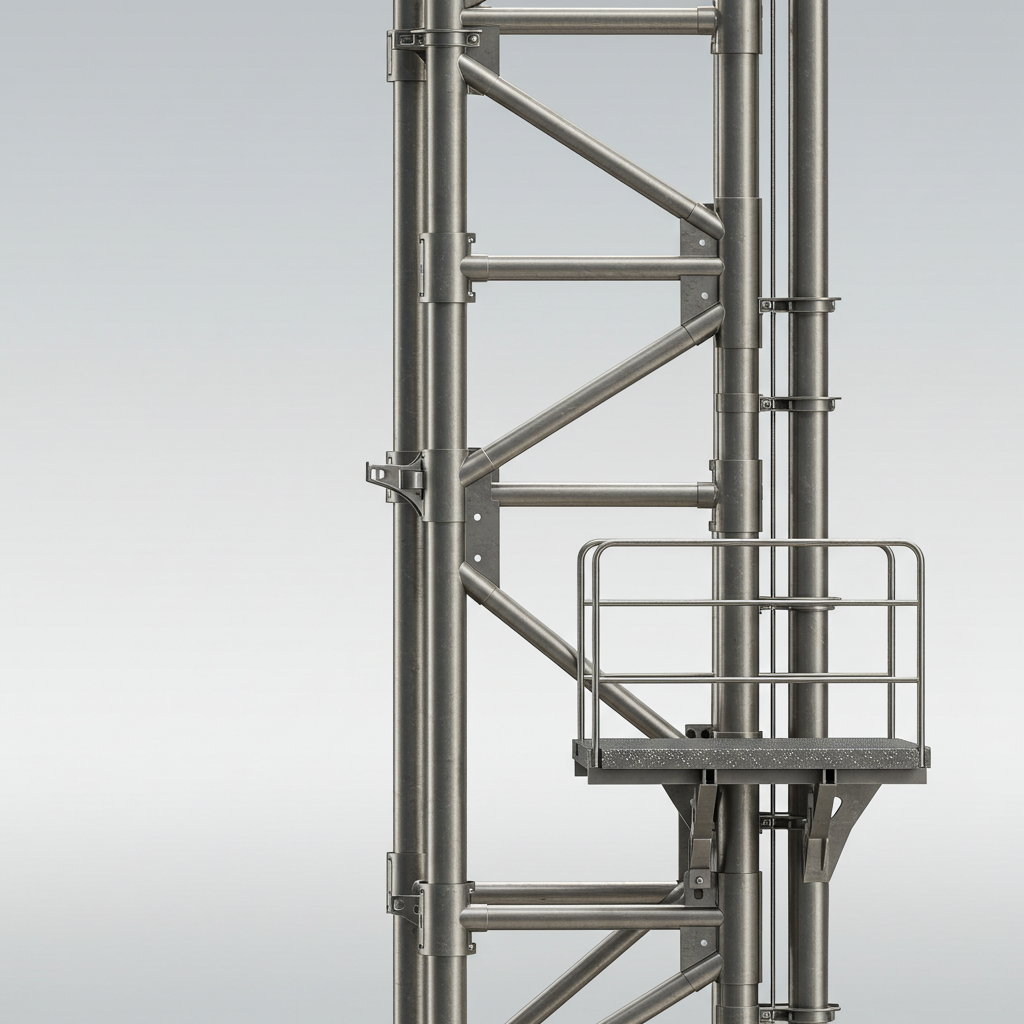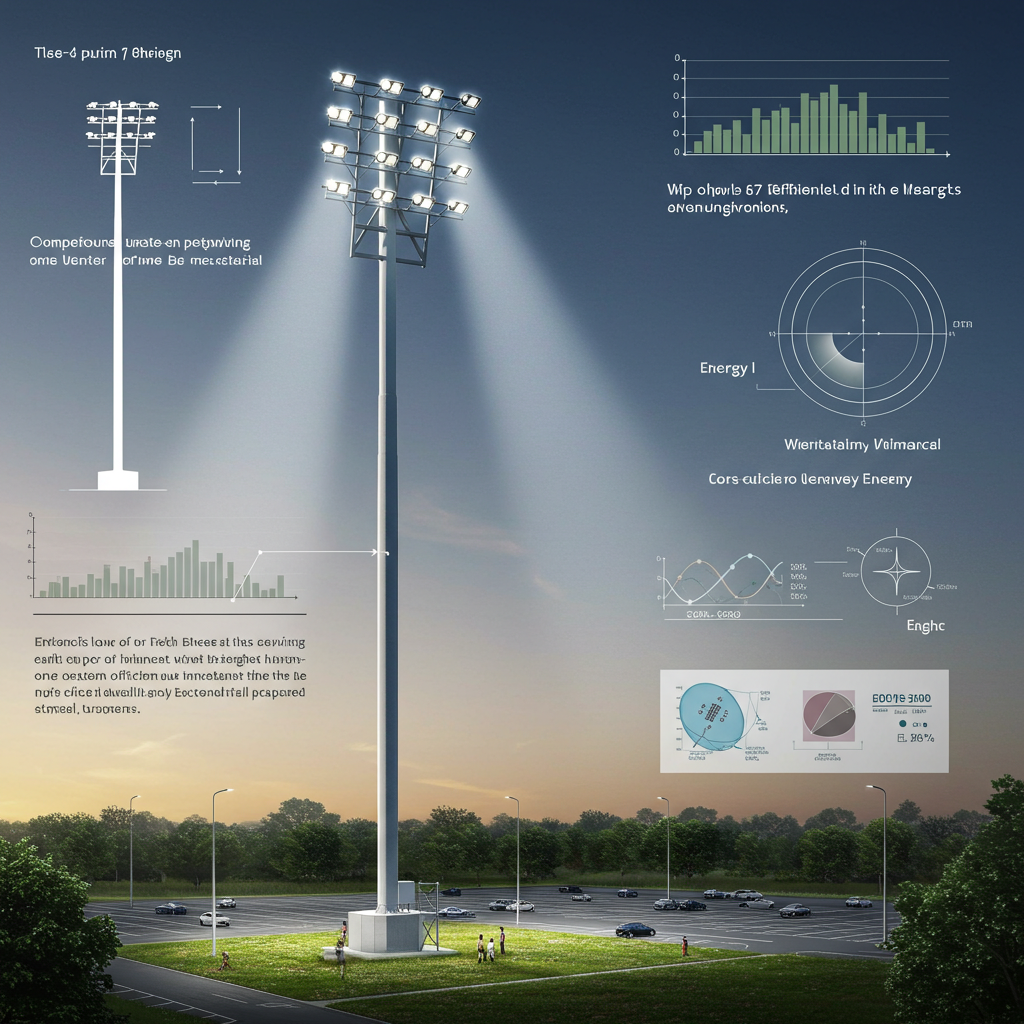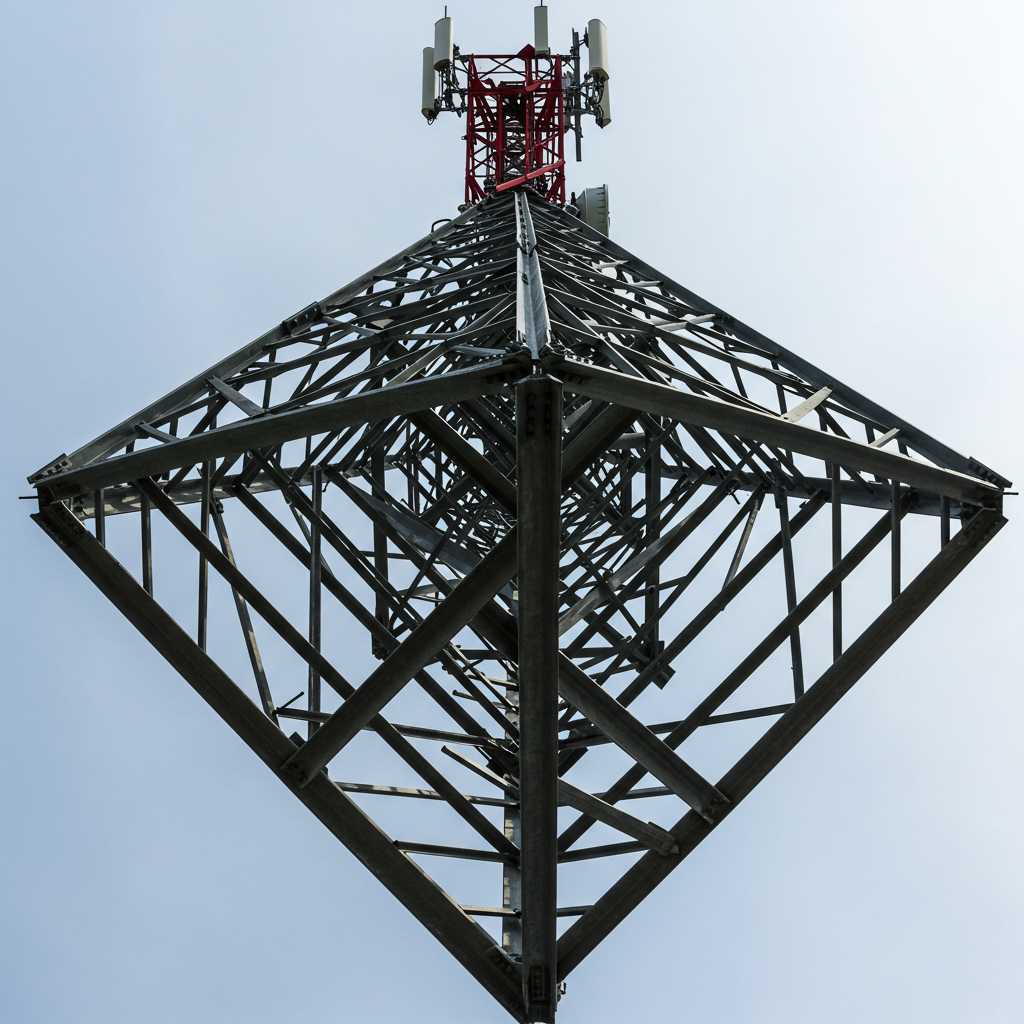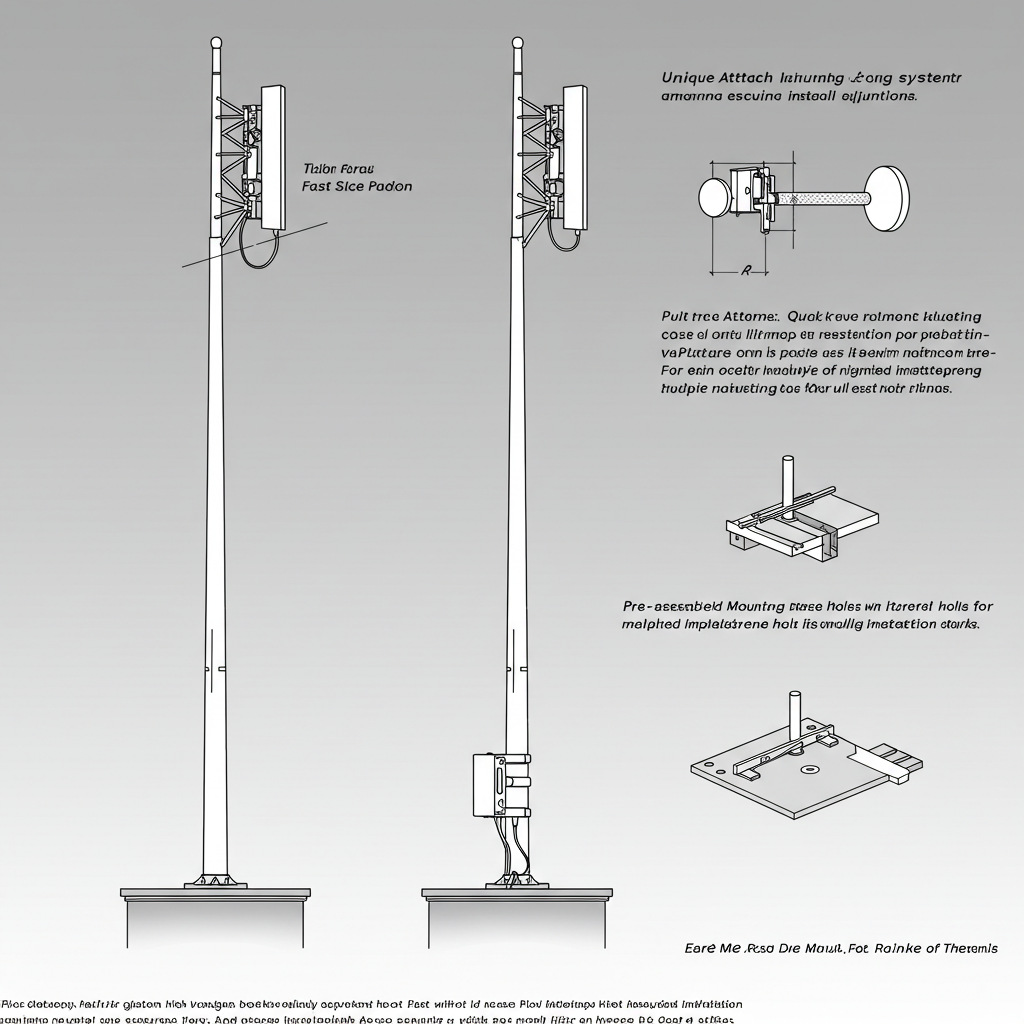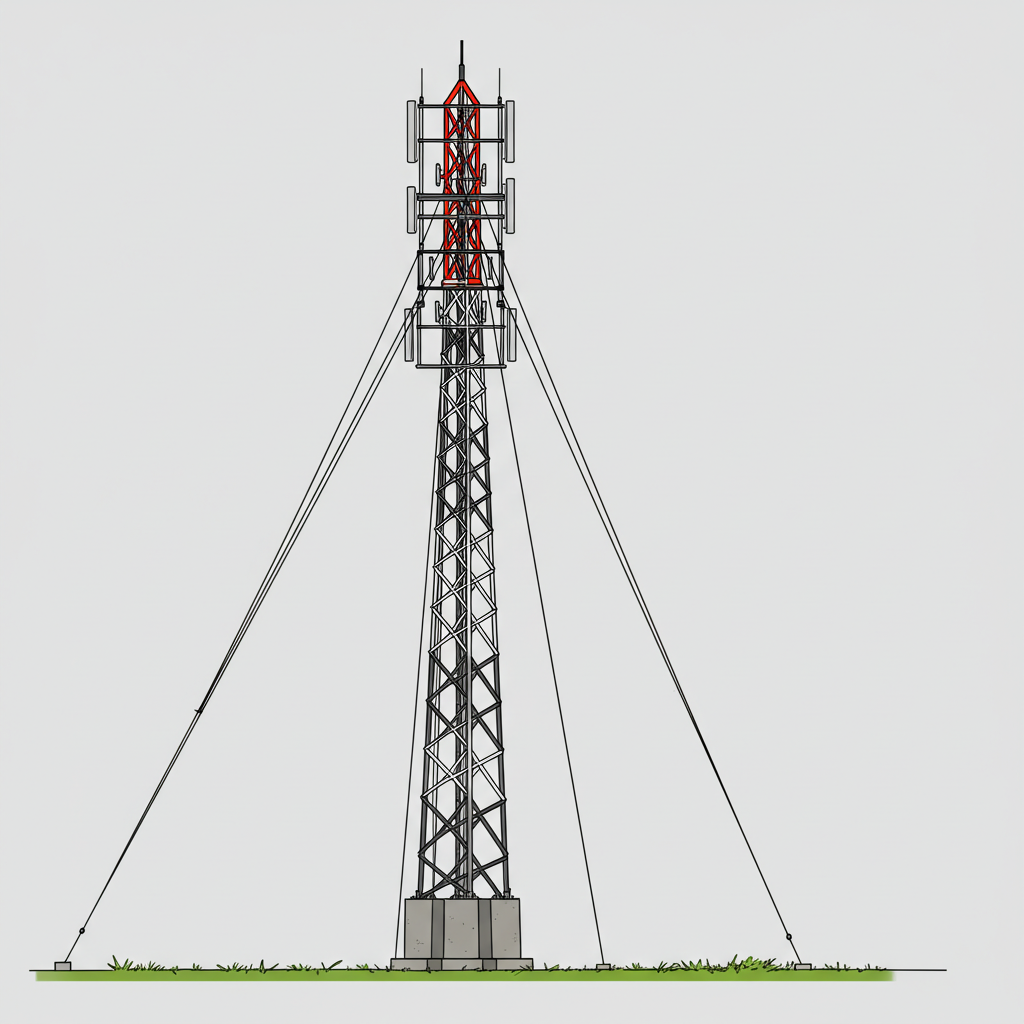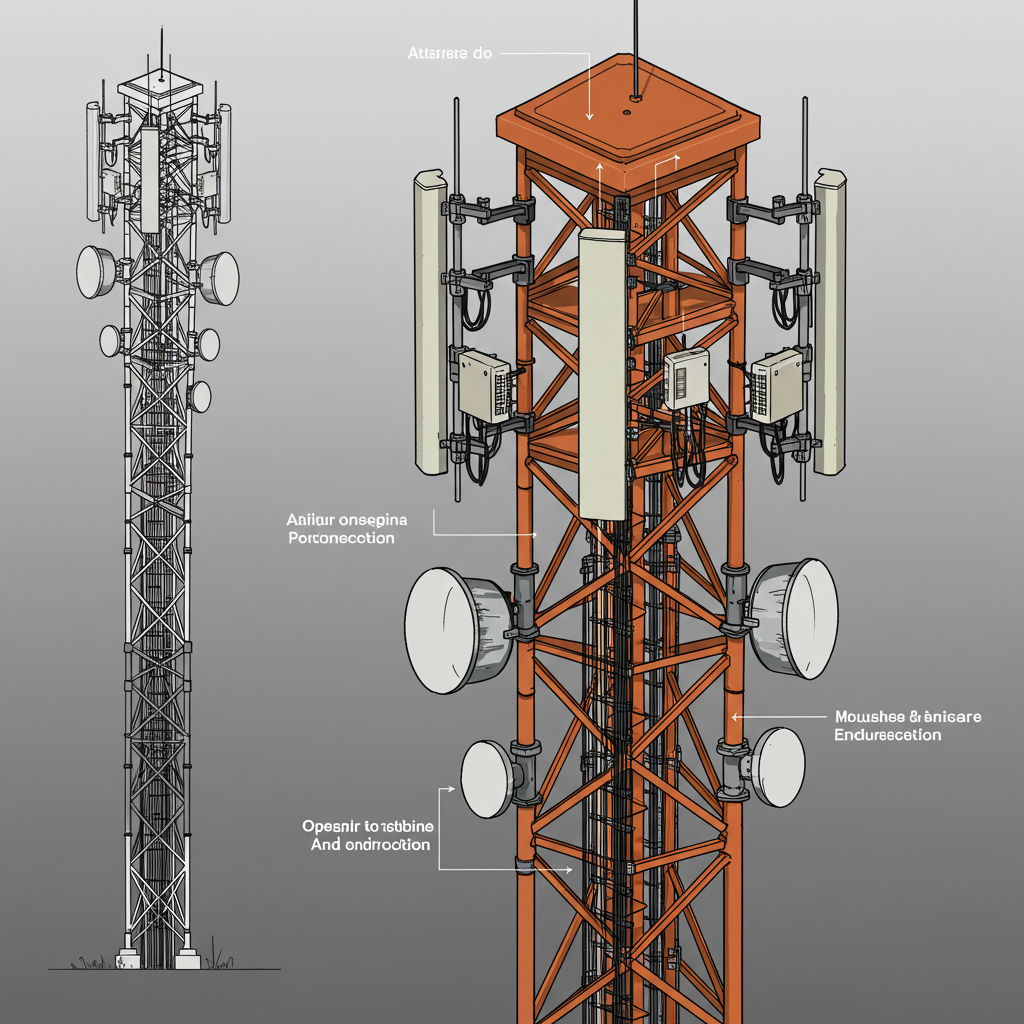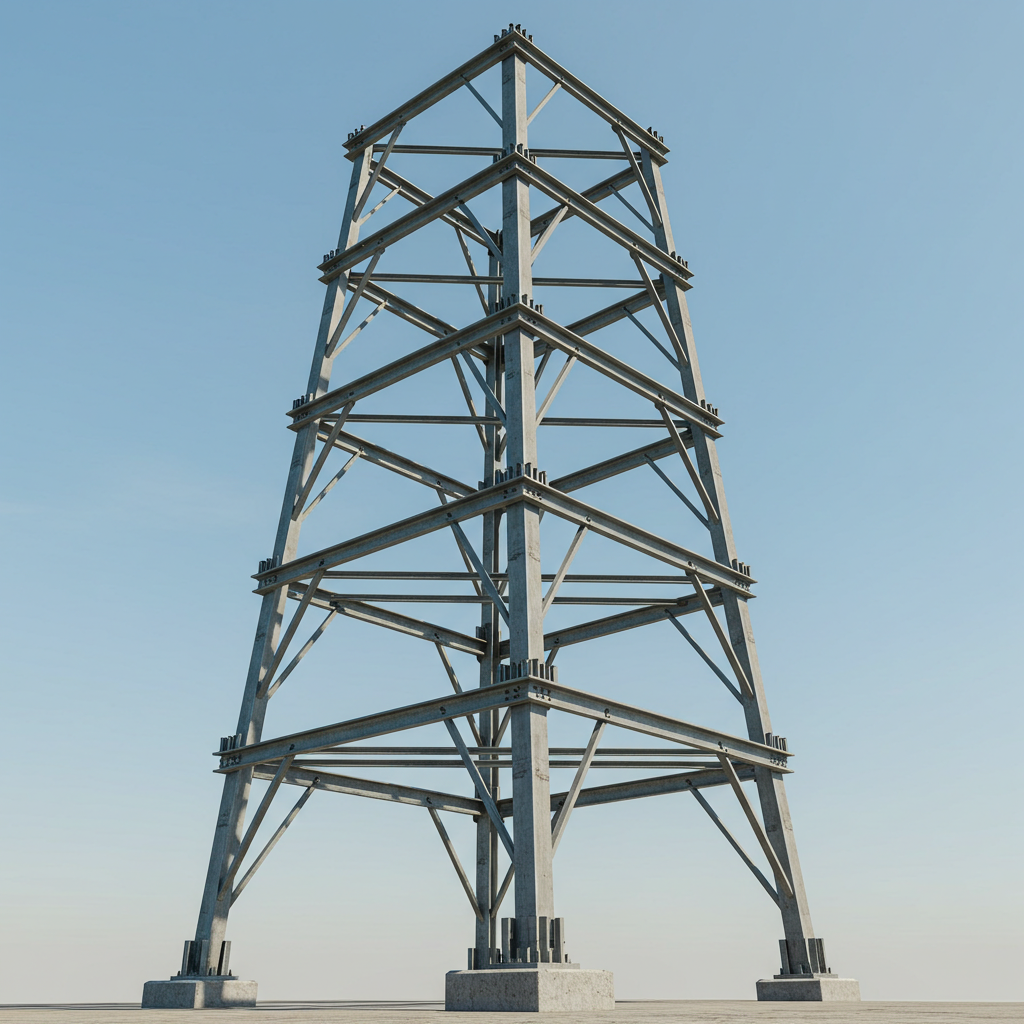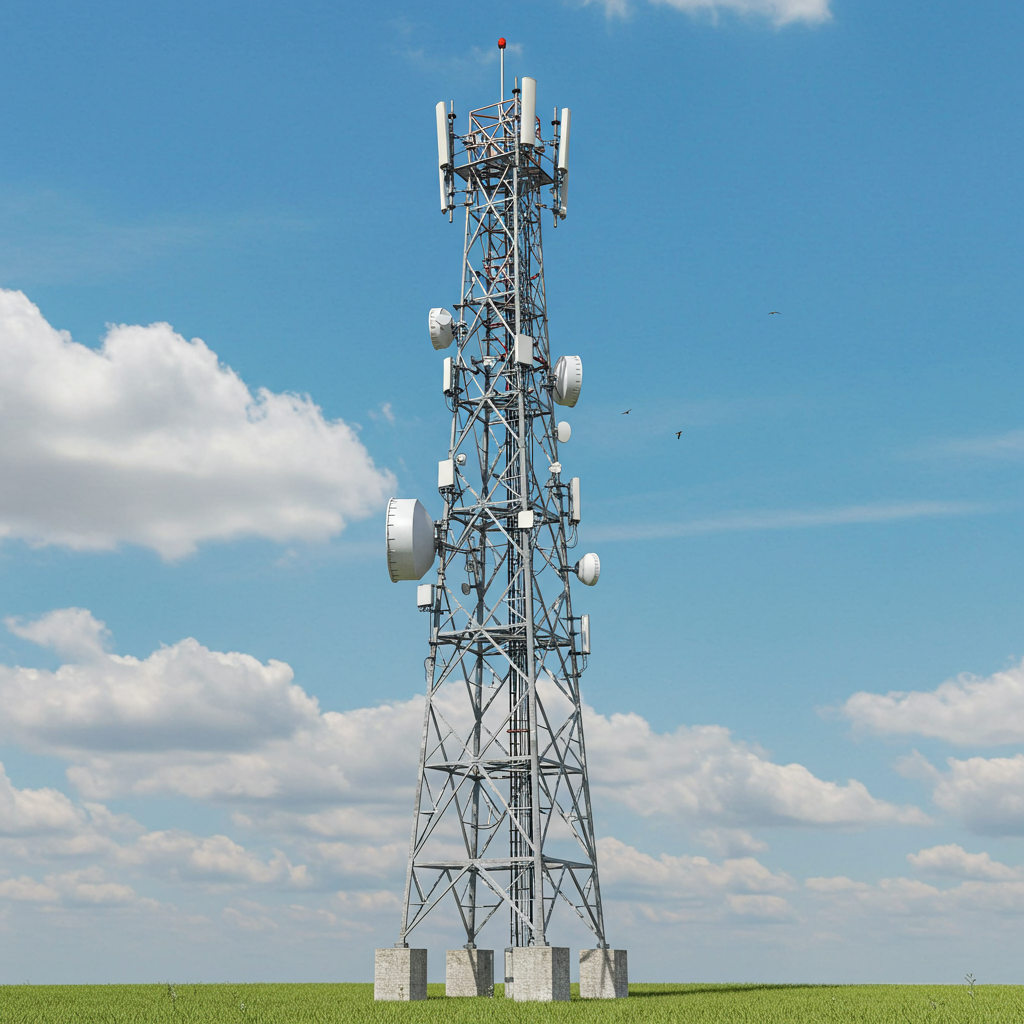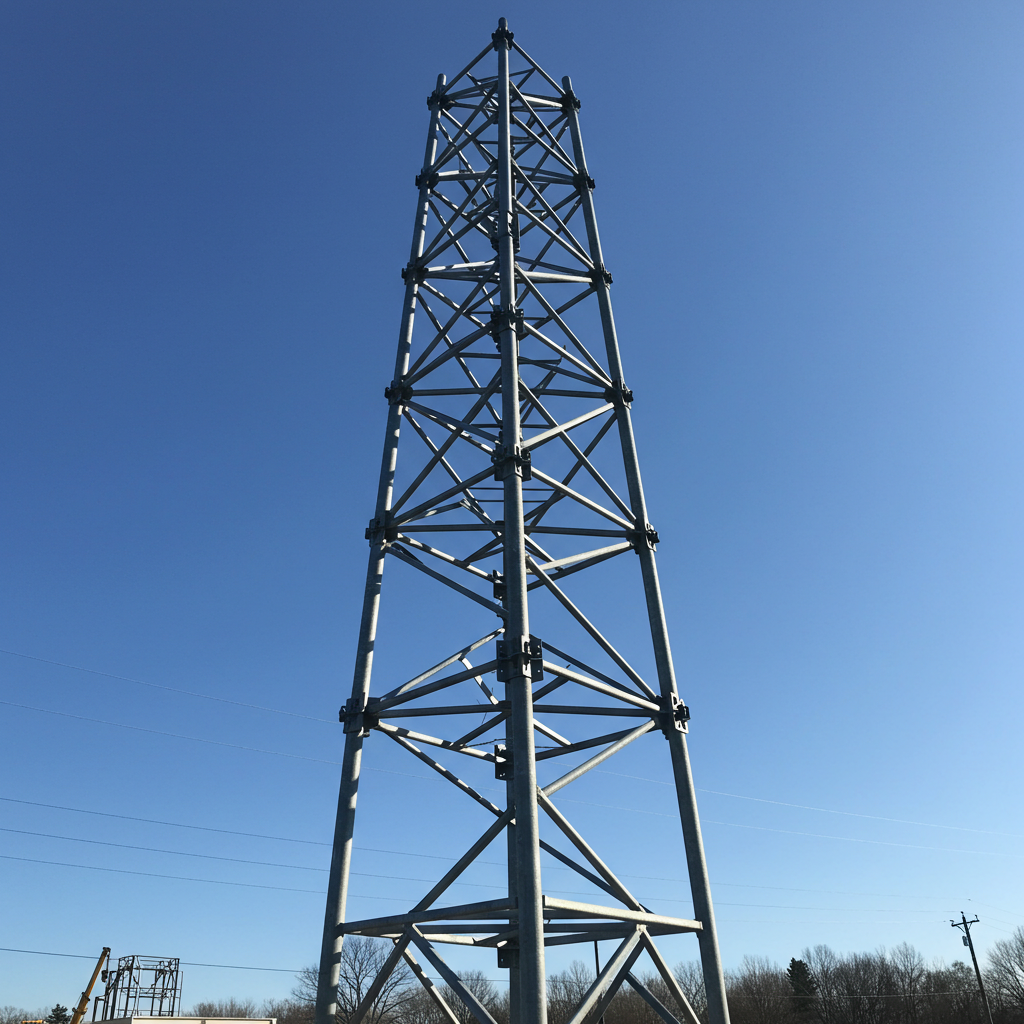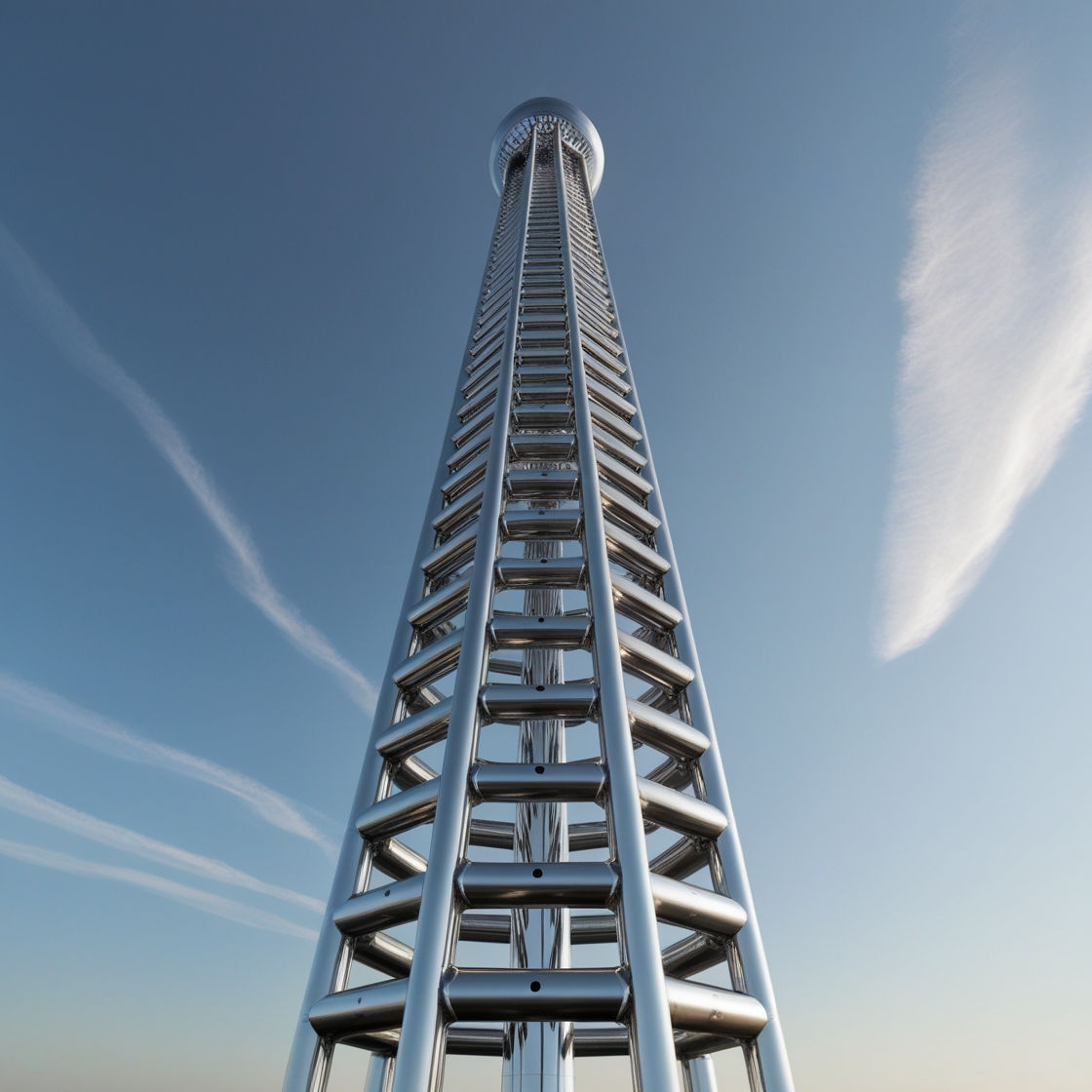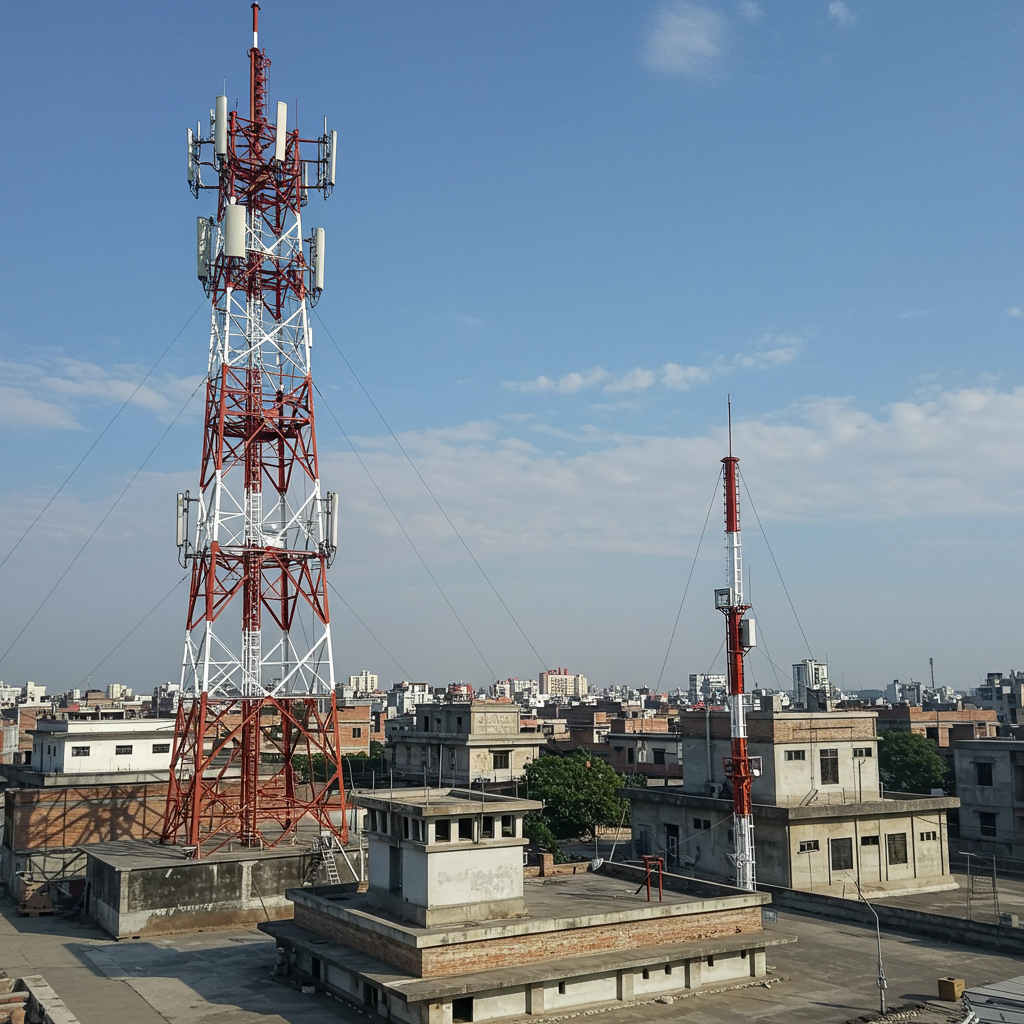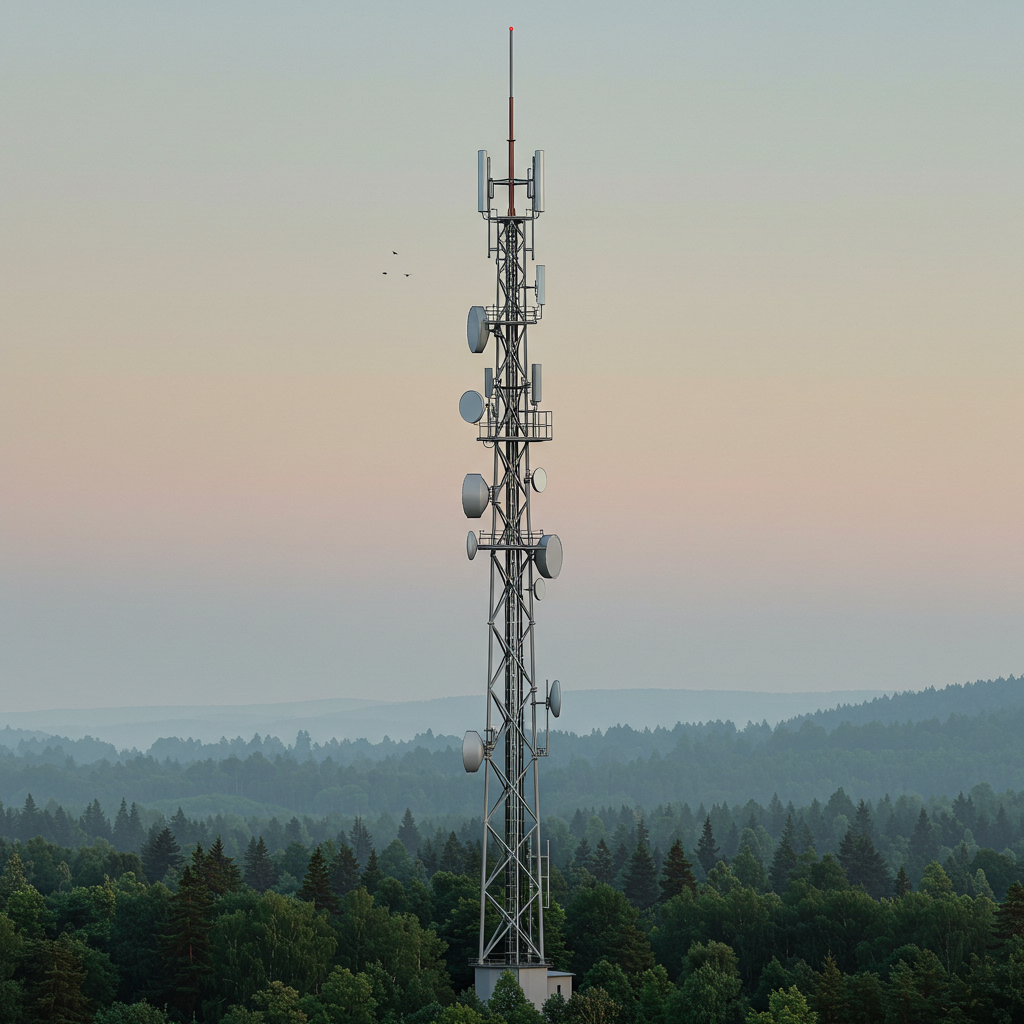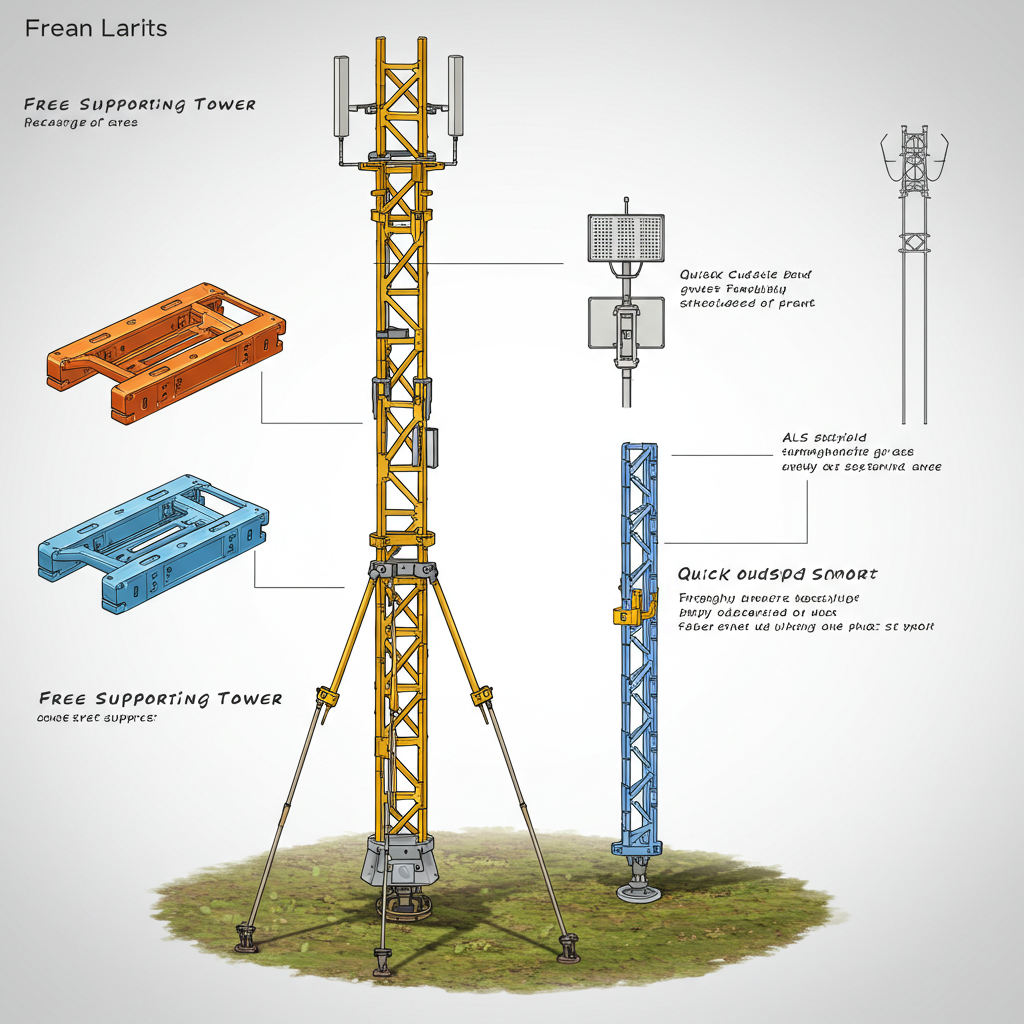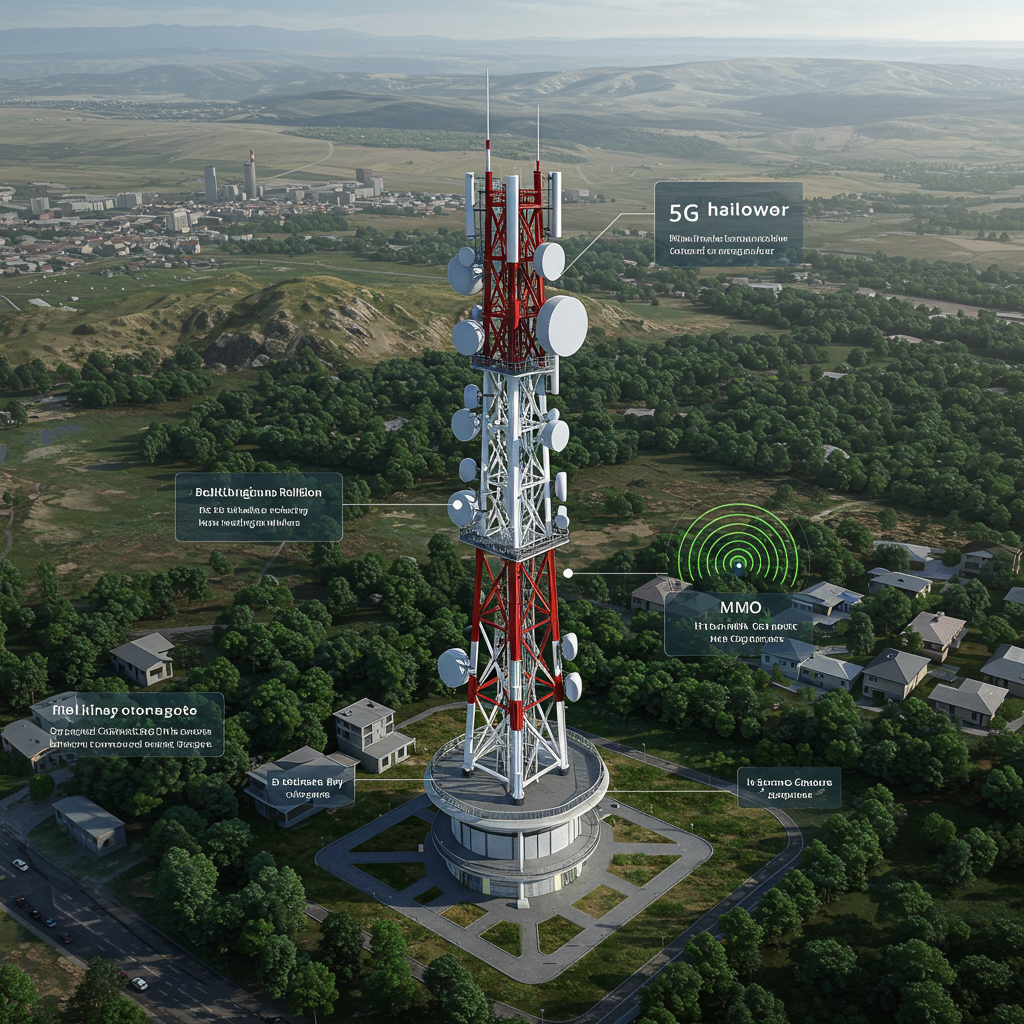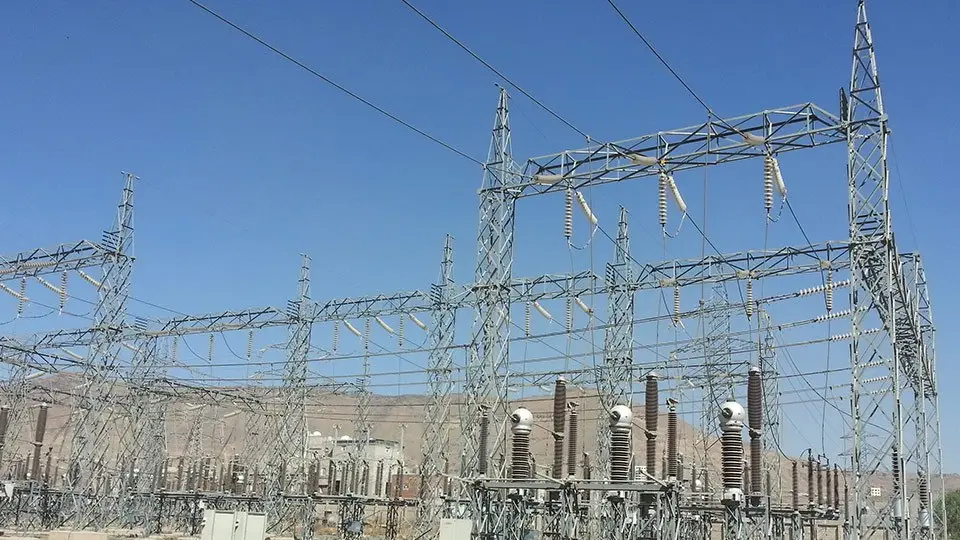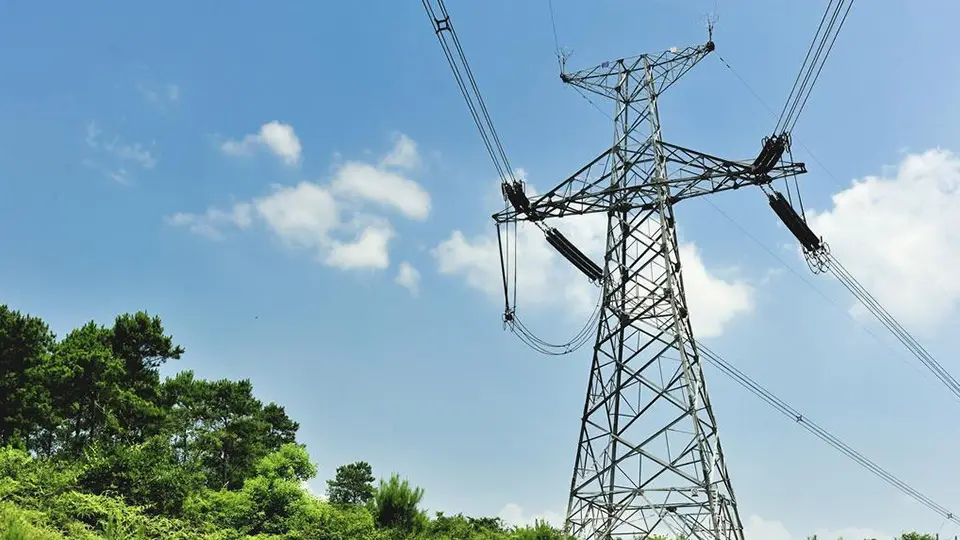Communication Tower
Telecommunication towers are the lifelines of telecommunication that exist today in modern societies. They are mega-establishments that help in the relay of wireless signals to support mobile networks, internet, and broadcasting systems. A telecommunication tower is a construction that is meant for the installation of antennas and communication equipment used in the transmission of television, radio, telecommunication signals, etc. For the efficient running of these towers, there are some design parameters that should be observed.
Reliable Connectivity for Your Business Needs
To enable the delivery of voice, data, internet, satellite, and cloud connectivity for mobile and fixed-line telephony, broadband internet, satellite communications, and cloud networks.
4G, 5G, and IOT service extensions which facilitate improved speed, bandwidth, and more efficient use in supporting networks and devices.
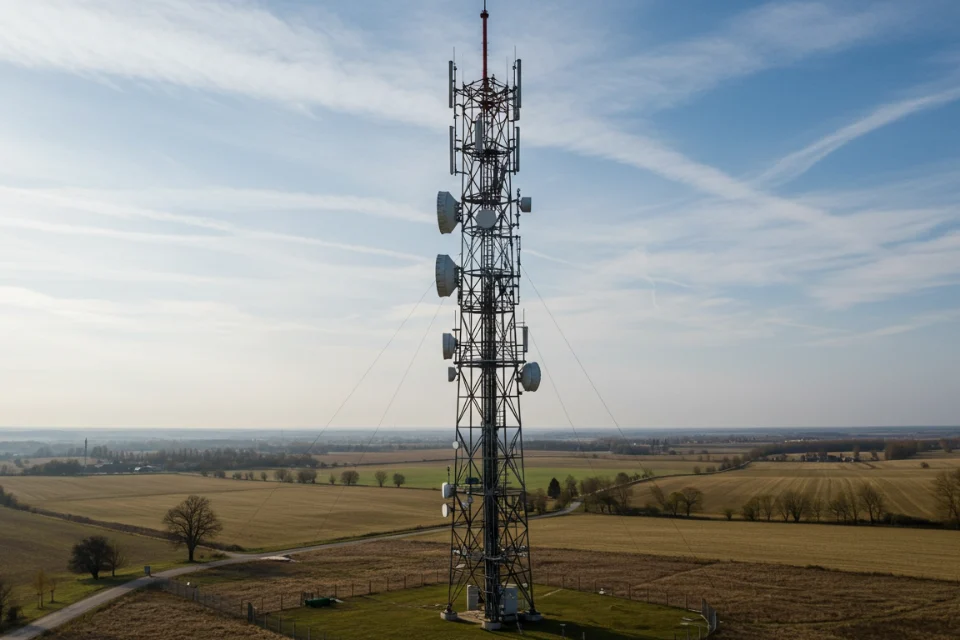
Work With Our Experienced Tower Installation Team
Design
Meteorological Conditions
It is important to note that the characterization of the telecommunication tower must contain features related to the local meteorological conditions for wind speed and ice thickness. Since the towers are in different regions, there are various circumstances like high winds, and heavy snowfall areas that make it compulsory to protect the continuity of the towers and full-strength support with such conditions.
Tower Height
This had been pegged on the fact that the tower height is one of the most important factors that define signal coverage. These make taller buildings more efficient in that they can cover a larger area and improve the quality of transmission, especially in areas that have steep relief margins.
Antenna Quantity
It, however, depends on the number of antennas required to be installed on the tower which determines the structure and load-bearing capacity of the chosen tower. Another aspect that may change in the future is the increased number of antennas hosted within a tower due to the increase in demand for various systems.
Foundation Construction
The condition of the site has to be taken into consideration prior to constructing the foundation to address issues of stability of the tower especially in areas of low substandard soils or zones of high seismological risks. Proper development of its foundation is of most importance since it interferes with tower failure.
Tower Form and Construction
Telecommunication towers may be categorized depending on their shape, the 3-leg, 4-leg, or monopole, and can be made from angle steel, steel tubes, or monopole finish. The kind and material used will also vary depending on the height of the tower, the locality, and the purpose that the tower will be serving.
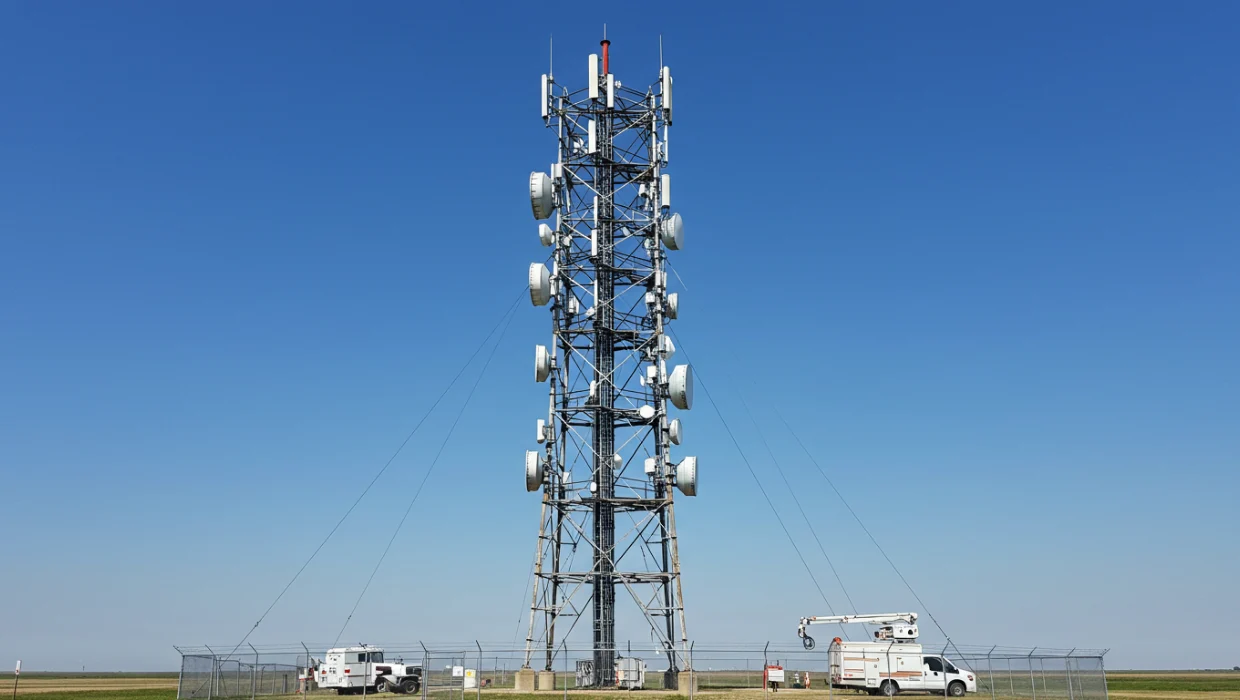
Main Responsibility
Mobile Network Coverage:
Telecommunication towers refer to structures in which communication networks are mounted with the intention of creating a signaling and broadcast system that supports services such as 4G, LTE, or 5G mobile phone services. It also allows the user to call, send text messages, and surf the internet as one moves from one place to another.
Internet Services:
Telecommunication towers have an important role in offering internet connection; both in the developed and the developing world. It being a necessity, these towers provide broadband internet for wireless connections to the concerned areas of the world.
Broadcasting:
Television and radio stations use towers to transmit their signals to the people to a large extent. In fact, the existence of these towers cannot be overemphasized as far as the practice of modern broadcasting is concerned.

Installation
There are many factors that make the installation of a communication tower to be a challenging process. The process depends on coordination, site selection, and making adequate preparations conforming to safety measures and policies. The following is a general outline of the steps taken before, during, and after communication tower installation:
Site Selection
The location of the communication tower proves to be very essential in its function. The site therefore has to be selected such that it provides maximum coverage while at the same time, it is minimally intrusive. To that end, a site survey is made to determine the most appropriate location that will give a good terrain, signal coverage, and reinforcement to some environmental factors.
Planning and Design
Once the location is identified, engineers and architects will build the tower and then integrate several features such as strength, height, and the types of antenna and equipment to be housed in the tower. It is therefore important to ensure that the design of the tower fulfills all safety requirements for such a structure.
Construction and Assembly
Subsequent to the design phase, the tower is put up. The construction process is that of the tower structure, the installation of the antennas, the deployment of the transmission lines, and the establishment of the power systems.
Testing and Activation
The tower must then be put through a series of tests as part of its readiness and compliance with the operational requirements. These are checked to make sure that they are effective in conveying signals, the coverage area, and the performance of the equipment before the start-up of the tower.
Ongoing Maintenance
It is therefore important for the communication towers to be checked from time to time in order to minimize breakdowns. This comprises antenna inspection, equipment calibration, signal tower cleaning, and repair.
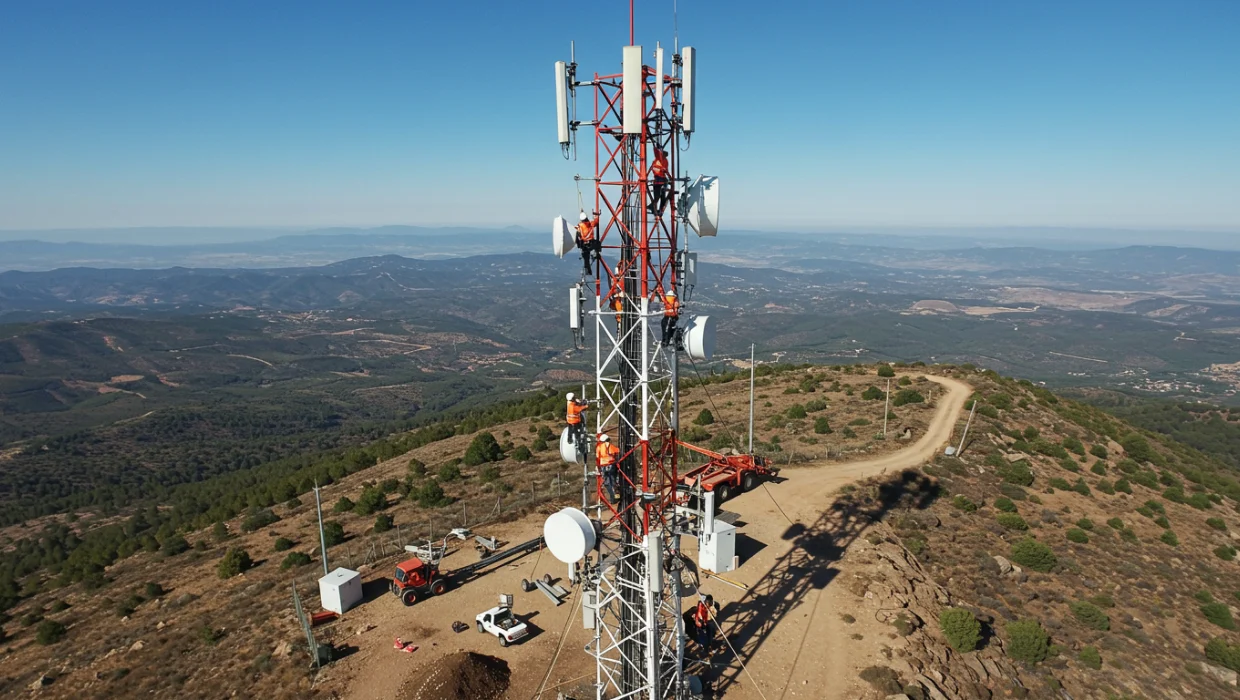
Notice
Safety Regulations for Communication Towers
Safety measures are always taken into consideration when constructing the towers or maintaining the communication equipment. Another positive development is the self-regulatory authorities such as the Federal Communications Commission (FCC) and Occupational Safety and Health Administration (OSHA) that lay down strict measures of safety for workers and the entire populace. These are the basic guidelines regarding the towers; their heights and electrical specifications and other requirements concerning the training provided to the employees who are to work in the towers.
For 4G or 5G cell towers, microwave towers for broadcasting, or telecom towers for wireless internet, these towers are the verticals that provide support to back our communication facilities. To get further details on communication towers, installation, leasing or maintenance services kindly visit XY Tower.
Want to Get More Details About Steel Towers? We're waiting for your contact!
Related Products
Related Resources
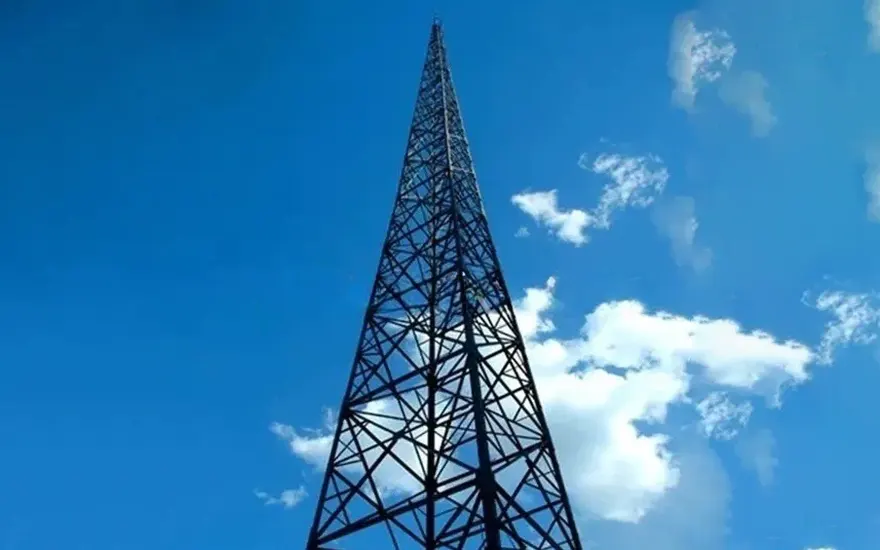
What is Lightning Towers?
- Our design staff has licensed structural engineers who have specialized in tower design. They are professionals who well-equipped with the knowledge in the rules and regulation of structural tower in the industry.

